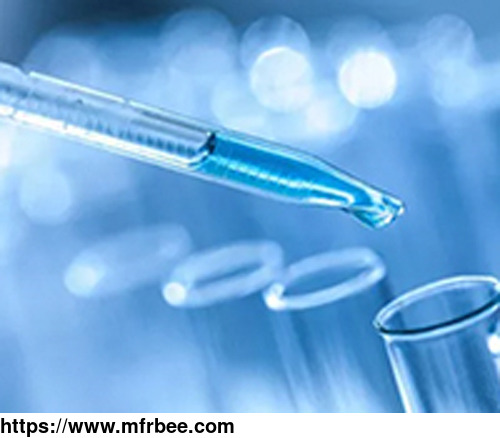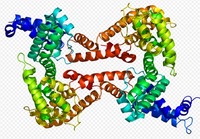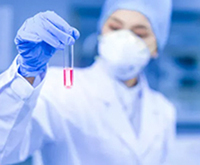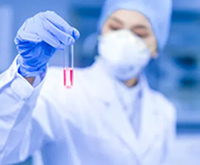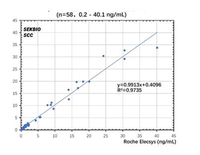Others
Specifications
The first antibody is commonly said antibody, namely can and antigen-specific binding. The second antibody can combine with an antibody, namely the primary antibody and secondary antibody of
antibody. It mainly detects the presence of antibodies. If the primary antibody is the antibody against the antigen, we can say that the secondary antibody is the antibody against the primary
secondary antibody. That is, the antibody can also act as an antigen to stimulate the body to produce antibodies. In other words, when an antigen enters the body, it stimulates the body's immune
system to produce an immune response, and B cells can produce specific proteins that bind specifically to the corresponding antigen.
Secondary Antibody Products
Human IgM
Antibody Application
Mouse anti-human IgG monoclonal antibody For immunodiagnostic: ELISA, LFA, CLIA
Human IgG
Antibody Application
Mouse anti-human IgG monoclonal antibody For immunodiagnostic: ELISA, LFA, CLIA
Control Line
Antibody Application
Rabbit IgG For immunodiagnostic: ELISA, LFA, CLIA
Mouse IgG
Mouse IgM
Chicken IgY
Goat Anti Mouse IgG
Goat Anti Rabbit IgG
Goat Anti Chicken IgY
Mouse Anti Human IgG
Additive
Antibody Application
Mouse anti-human RBC For immunodiagnostic: ELISA, LFA, CLIA
Secondary Antibody Intro
The secondary antibody is an immunoglobulin against the antibody produced by the immune system of the xenogeneic animal by using the antigenic property of the protein as a macromolecule to immunize
the xenogeneic animal. The secondary antibody is an antibody that can bind to the antibody, that is, the antibody, and its primary function is to detect the presence of the antibody and amplify the
signal of the primary antibody. Anti-AIV H5 subtype hemagglutinin monoclonal antibody was used as the coating antibody, and rabbit anti-AIV IgG was used as the secondary antibody.
Primary and Secondary Antibody
A primary antibody is a protein that can specifically bind to a non-antibody antigen (specific antigen). Species include monoclonal and polyclonal antibodies.
Antibodies can also act as antigens to stimulate the body to produce antibodies. That is to say, the antigen enters the body to stimulate the body's immune system to produce an immune response,
and B cells can produce particular proteins that specifically bind to the corresponding antigen. A primary antibody is an antibody against an antigen, and a secondary antibody is against the
primary antibody. Both primary and secondary antibodies are groups that can specifically bind to other substances, and primary antibodies can secure at least two different groups (substrate and
secondary antibody).
Secondary antibody: It can be combined with the primary and secondary antibody and has a label that can be detected (such as with a fluorescent, radioactive, chemiluminescent, or chromogenic group)
and is used to detect the primary antibody. A secondary antibody is not required if the primary antibody has its detectable label (e.g., with a fluorescent, radioactive, chemiluminescent, or
chromogenic group). But this is expensive because one primary antibody recognizes only one substrate. So today's design is generally a secondary antibody with a detectable label, and then the
primary antibody is detected. The primary antibody recognizes the substrate. In this way, when the primary antibody binds to the substrate, it can be detected by the secondary antibody.
For more information about secondary antibody response and secondary antibody control, please feel free to contact us!
As a professional tumor marker factory, SEKBIO has high-quality inflammatory marker for sale. Welcome to contact us if needed.
- Country: China (Mainland)
- Address: B503, Building 1, Phase II, Yinxing Science and Technology Park, Guanlan, Shenzhen, China
- Contact: sekbio .com
